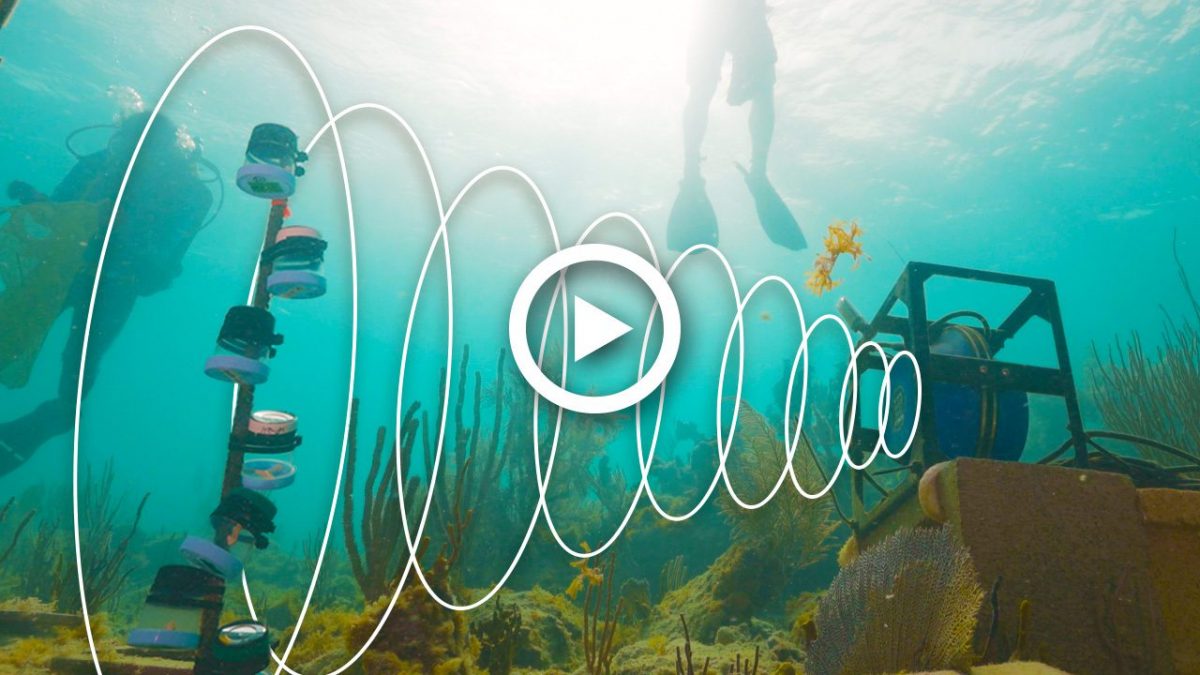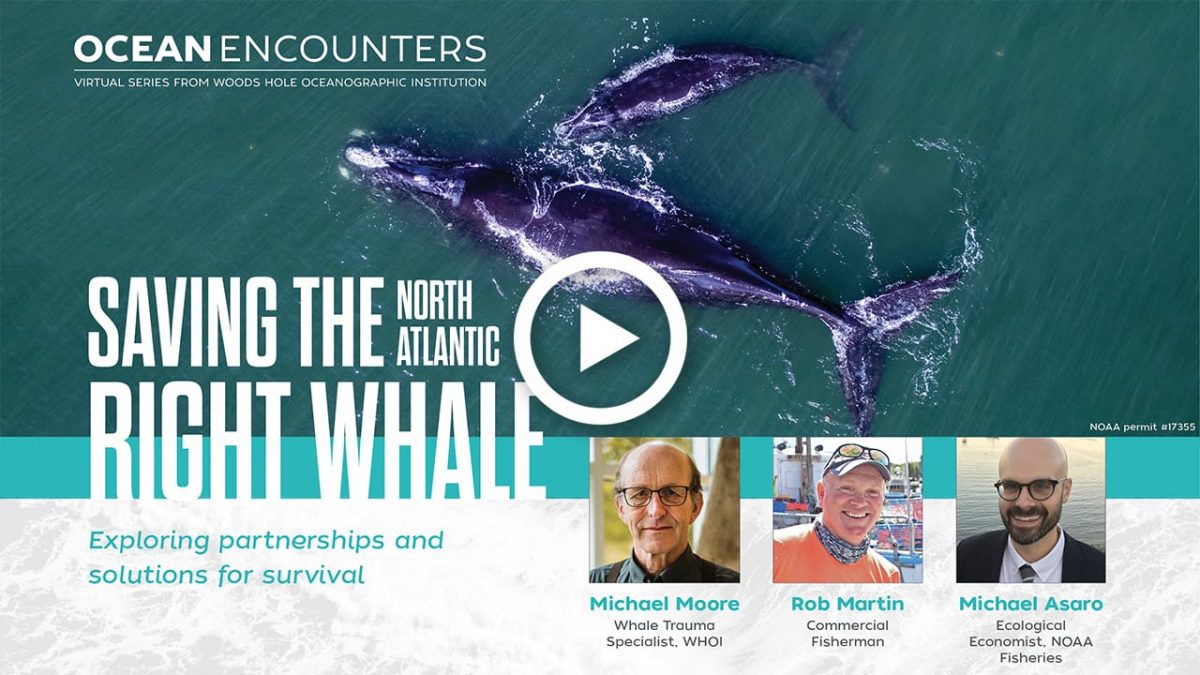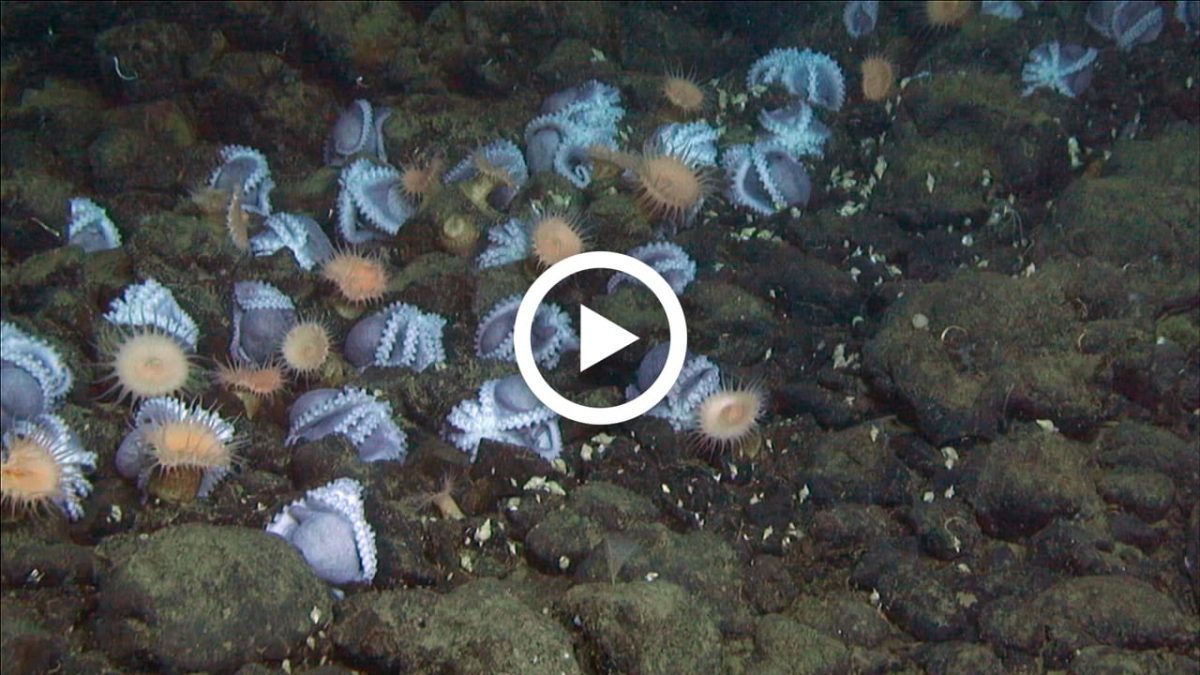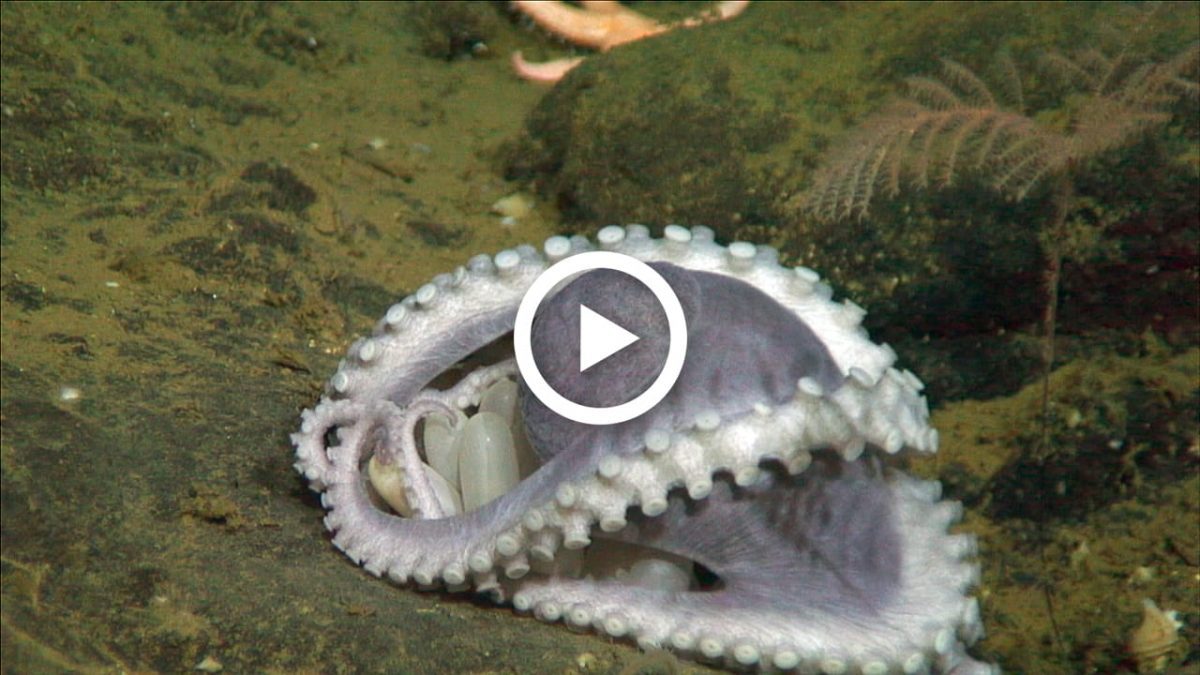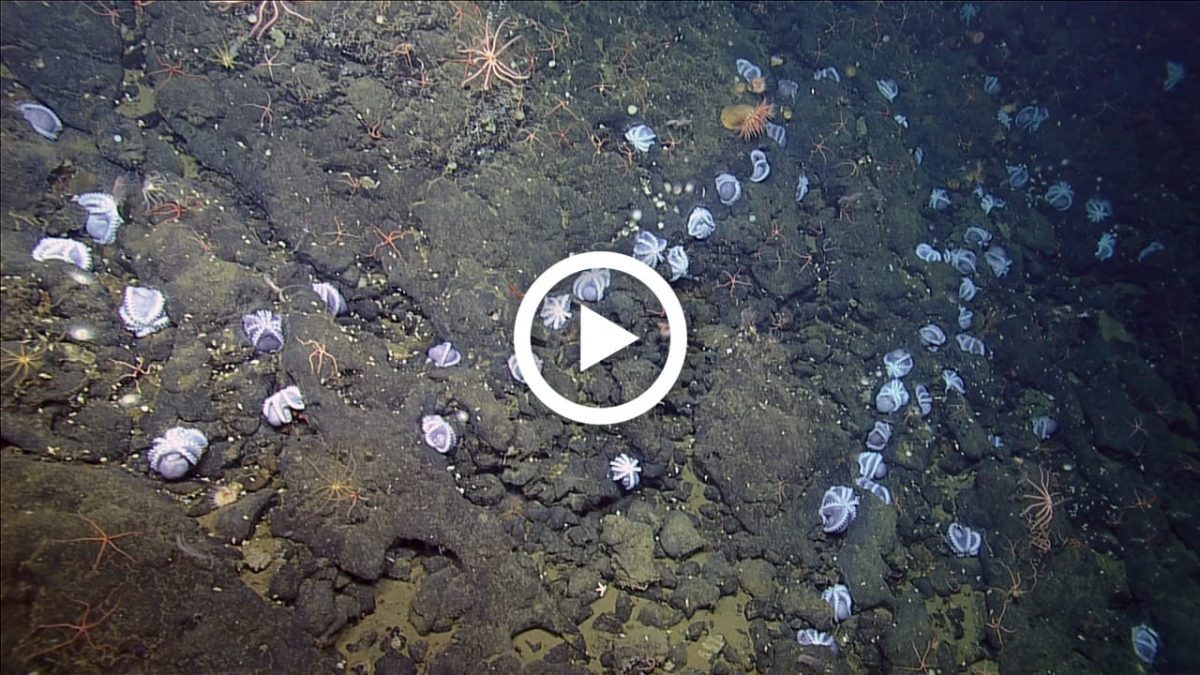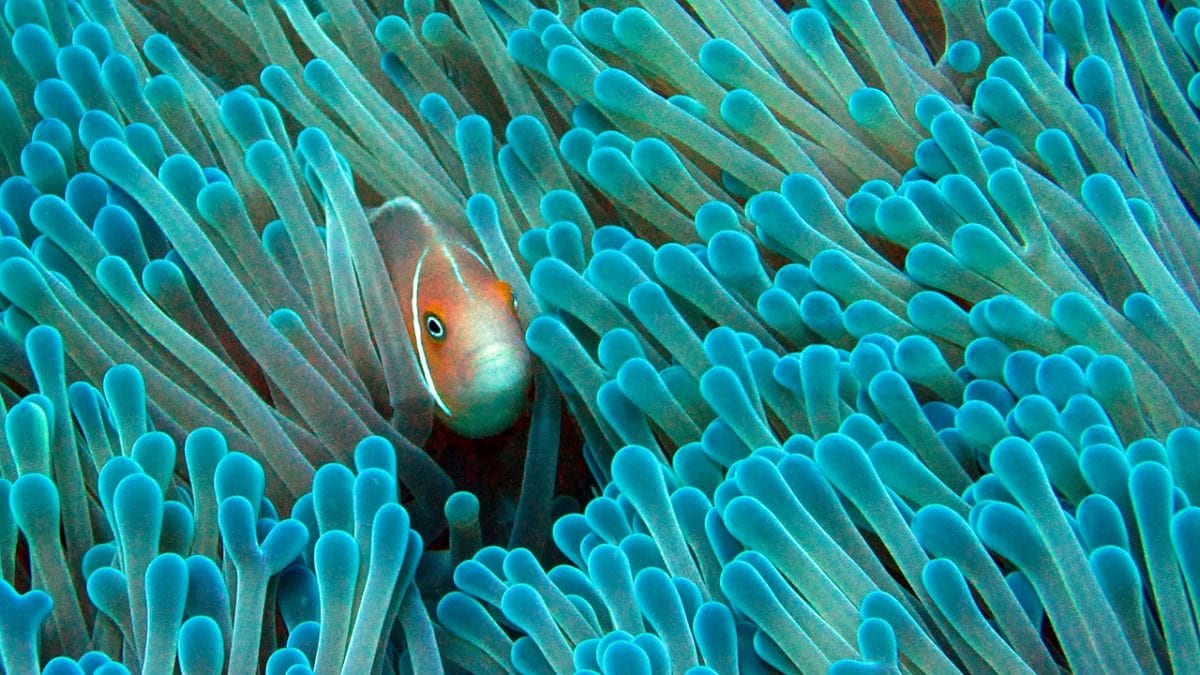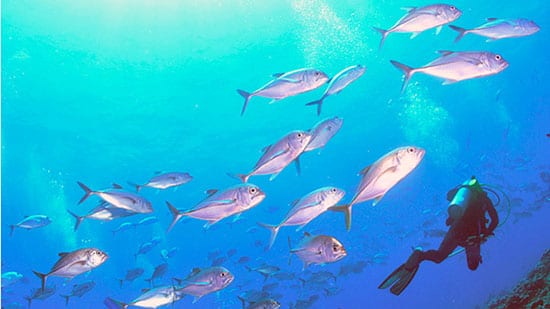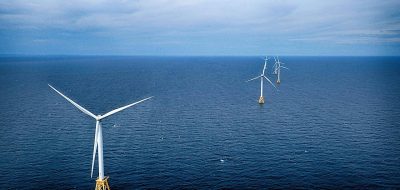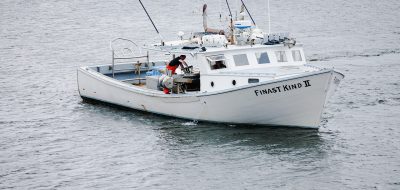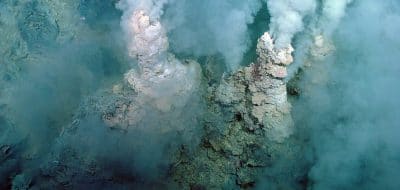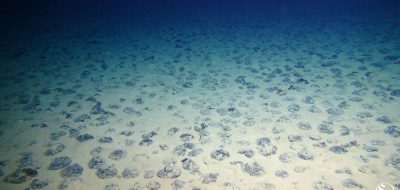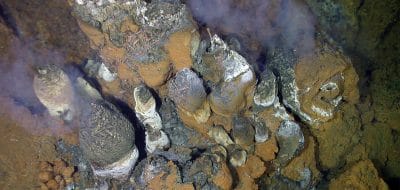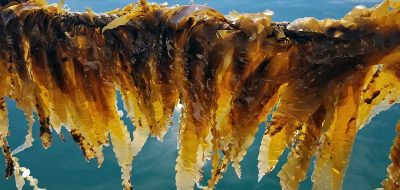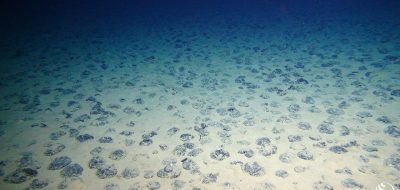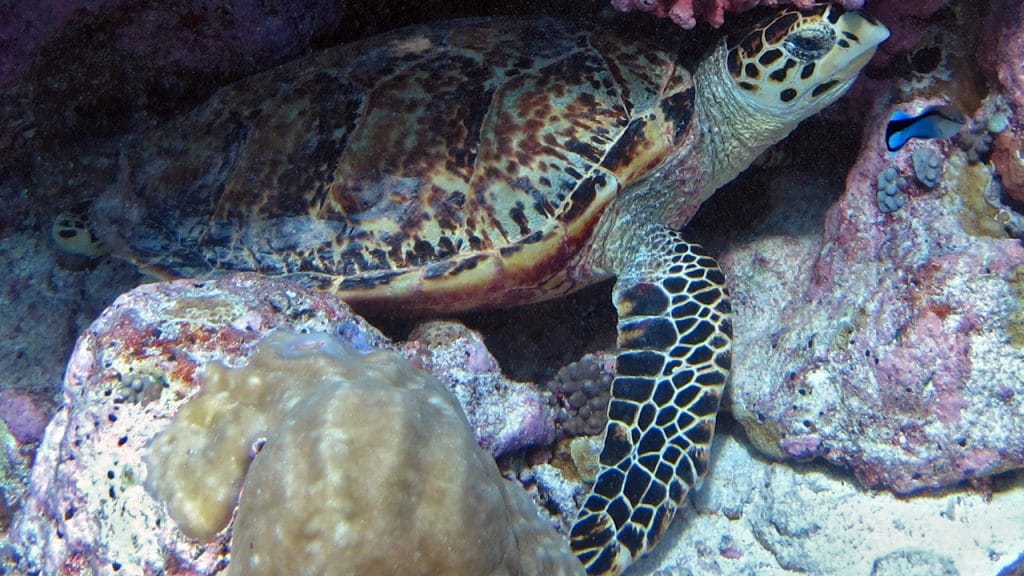
A sea turtle nestled among the reefs within the Chagos Archipelago, a small island chain in the middle of the Indian Ocean. The reefs are part of the Chagos Marine Reserve, the largest no-take marine protected area on Earth, established in 2010. The lack of fishing pressure has increased the size, diversity, and abundance of marine life on the reefs, including this sea turtle. (Photo by Konrad Hughen)
What are Marine Protected Areas?
Marine protected area (MPA) refers to any part of the ocean that receives some level of protection under international, federal, state, local, or tribal law. There are currently more than 5,000 MPAs worldwide, but this number only protects about one percent of the global ocean.
More than 40 percent of U.S. marine waters are currently divided into a network of nearly 1,700 reserves, refuges, preserves, sanctuaries, areas of special biological significance, and others designations that prohibit some form of human activity, such as development, fishing, anchoring, or removal of marine life. Sixty-nine percent were created, at least in part, to conserve biodiversity, ecosystems, or protected species.
Most have more than one objective, including preserving some feature of natural or cultural heritage or supporting sustainable production of marine resources. Less than 8 percent of the area in MPAs, and only about 3 percent of U.S. waters, are considered no-take zones that prohibit extraction or damage to the resources they contain.
Although most of the MPAs in U.S. waters are administered by states, the majority of the area under protection falls under federal jurisdiction. Increasingly, MPAs are being established that cooperative oversight involving all levels of government and often includes participation by stakeholder groups and non-governmental organizations.
Globally, the United Nations Environmental Program (UNEP) helps support regional oversight of many MPAs through the UNEP-Regional Seas Program (RSP). Participants in the program are linked either through a convention or a regional agreement that is based on biology and geography rather than along national or other political divisions.
Why are they important?
Properly designed and administered, MPAs can have a wide range of impacts. Ecologically, they can ensure the long-term viability and genetic diversity of marine species or systems that may be threatened by human activity or natural decline. This can be accomplished by protecting critical habitats, such as a reef or an estuary that have inherent year-round ecological importance, or they can protect habitats used at specific times by a target species.
Marine reserves often have significant cultural or aesthetic value that warrants protection for future generations. Many are also set up to promote multiple, sustainable use activities; in fact, only about 3 percent of U.S. waters are designated “no-take zones” that prohibit any resource extraction.
MPAs also provide unique natural laboratories for the study of marine environments. Scientific research in MPAs around the globe can help encourage cross-disciplinary studies in ocean science, conservation, and public outreach that underscore the shared, international nature of the global ocean and its resources.

